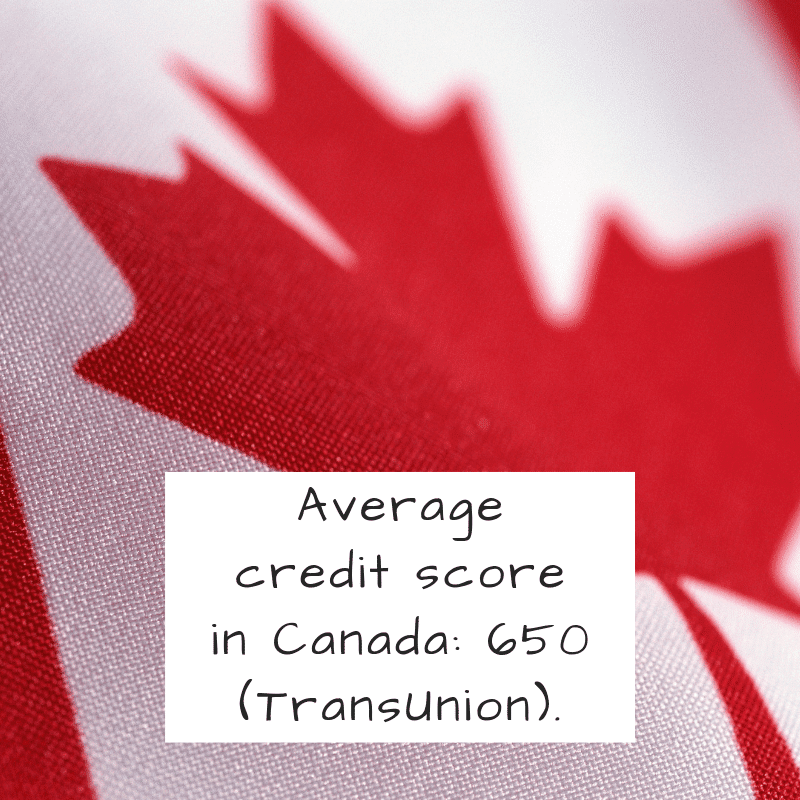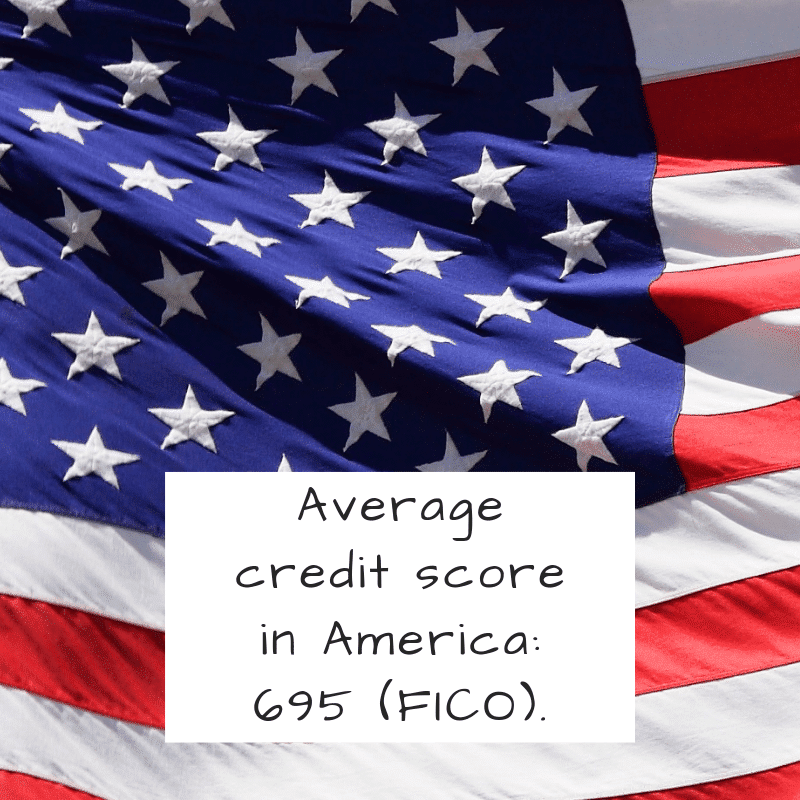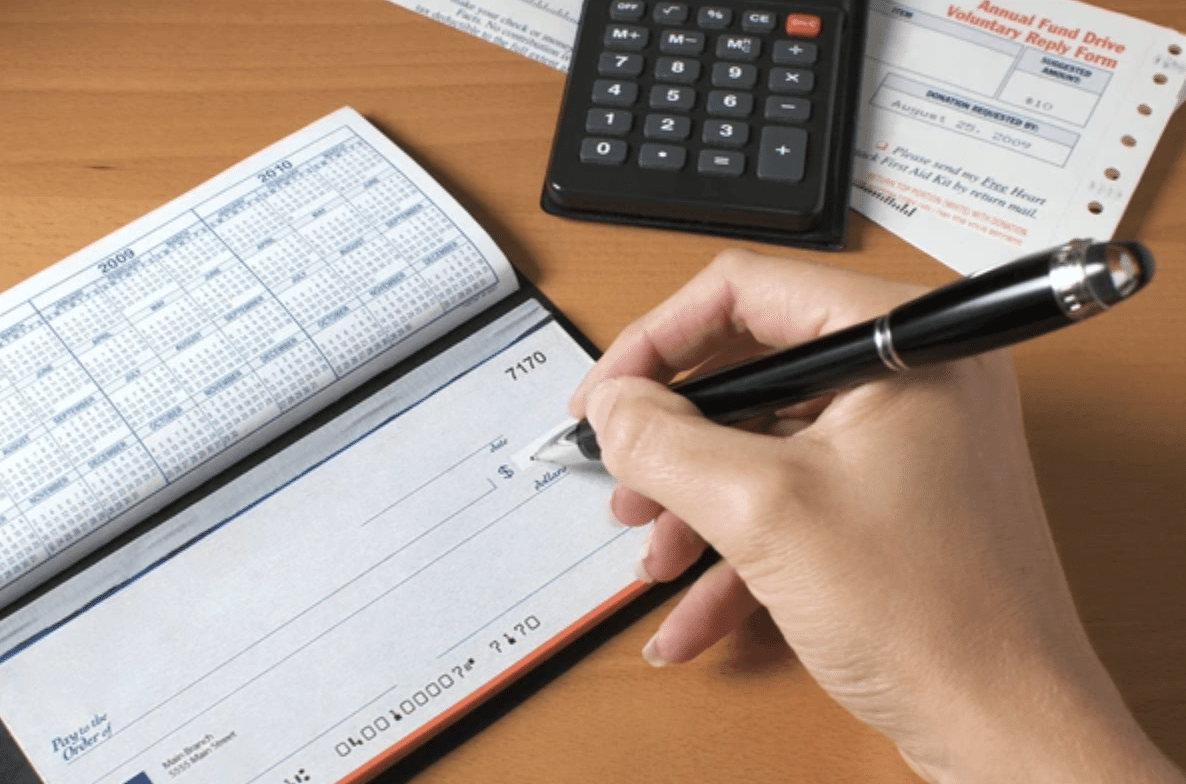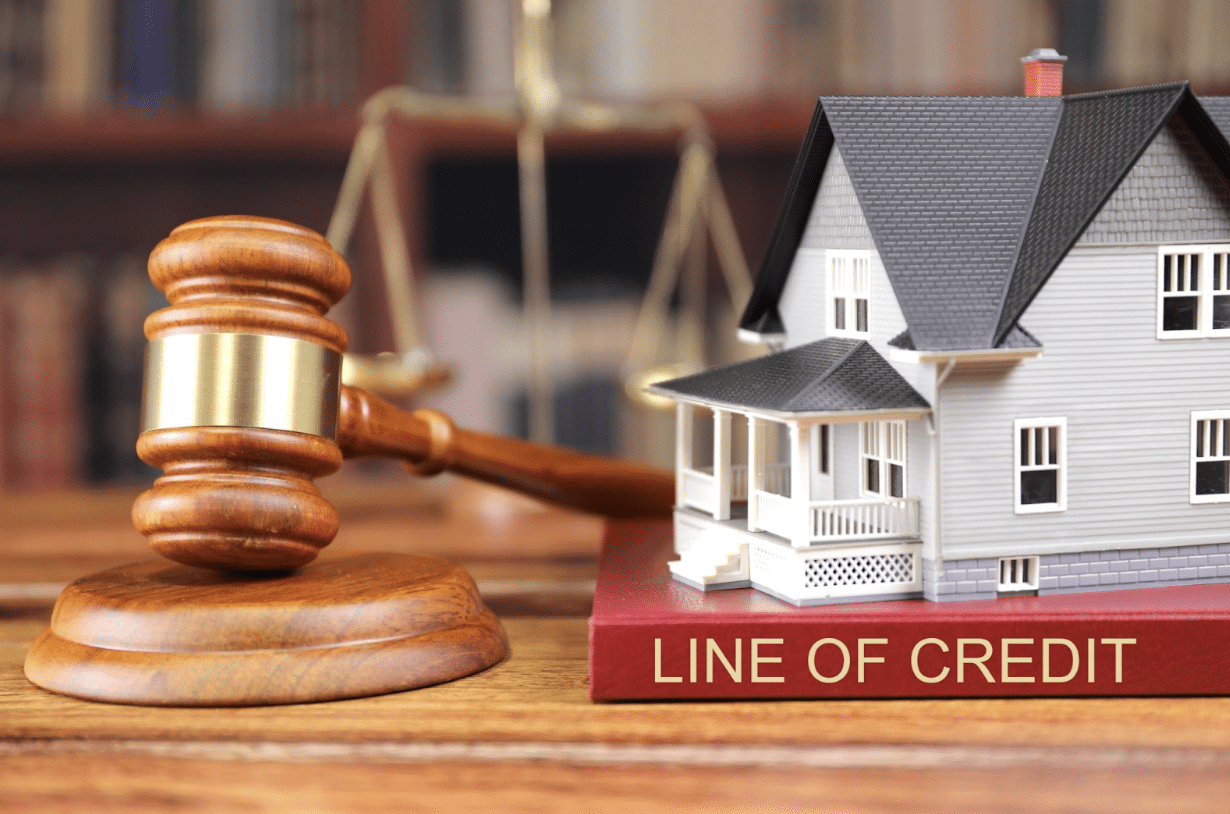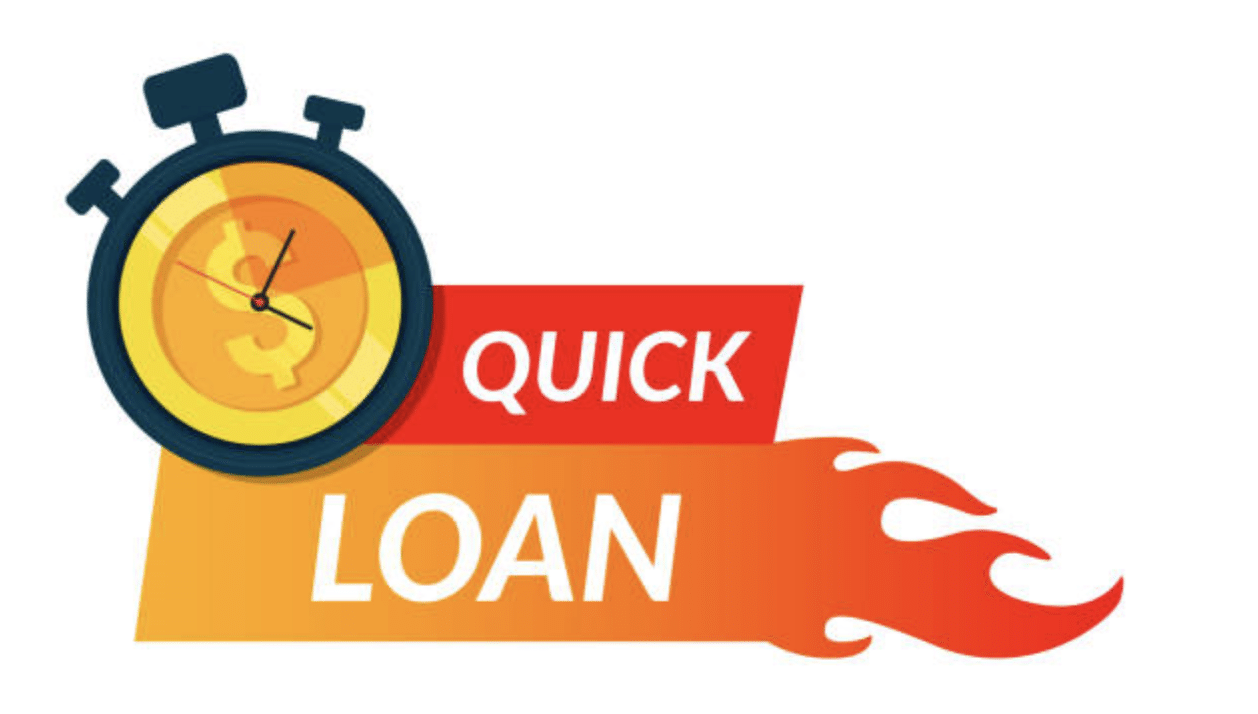Credit Score Calculations: Canada vs U.S.
Calculating credit scores in Canada and the United States is pretty similar with a few differences. One is that there are two major credit bureaus in Canada (Equifax Canada and TransUnion Canada) versus three in the U.S. (Experian, Equifax, and TransUnion). Credit bureaus report these five credit areas:
1. Whether payments are made consistently on time.
2. The amount of debt compared to credit limits (less than 30% is good).
3. How long the consumer has had credit accounts.
4. The mixture and usage of credit (mortgages, auto loans, credit cards, etc.).
5. If there are a high number of hard inquiries which show the consumer is applying for a lot of credit in a short time, which is not good.
A credit report in the United States will display the name of each account, the type and the balance. It will show the payment status (current, late, etc.) and the date the account was opened. It is also possible to expand each account to show the history of payments going back 24 months.
Canadian credit reports have a notation by each account with a letter and number. For instance, an “R” means a revolving credit account such as a credit card. The letter “T” stands for installment loan. The number represents the payment rating from 0 (too new to provide rating) to 9 (aka bad news). A nine means the account has either been sent to collections or a bankruptcy. For example, an R1 next to an account means the credit card has been paid on time as agreed.




